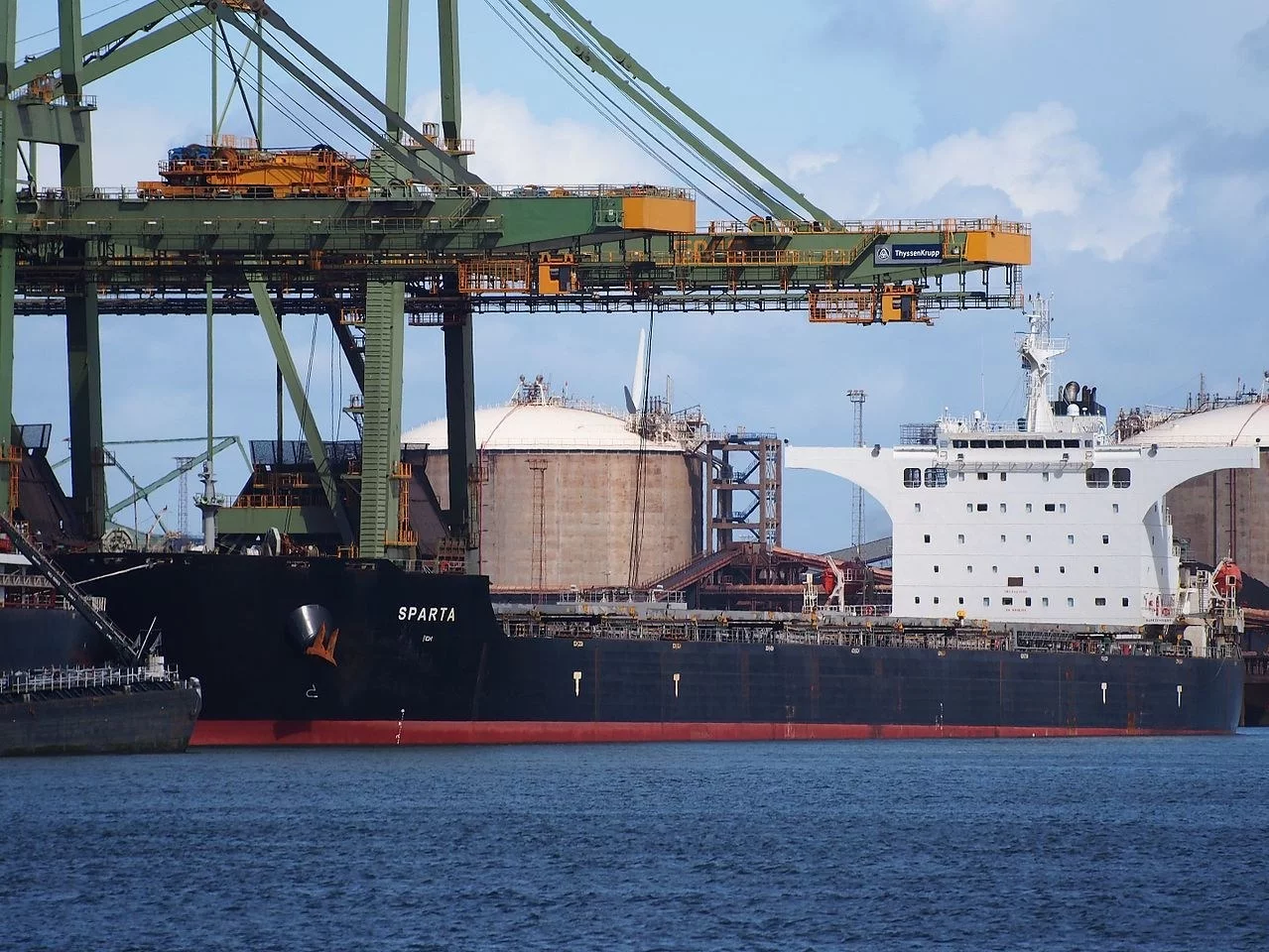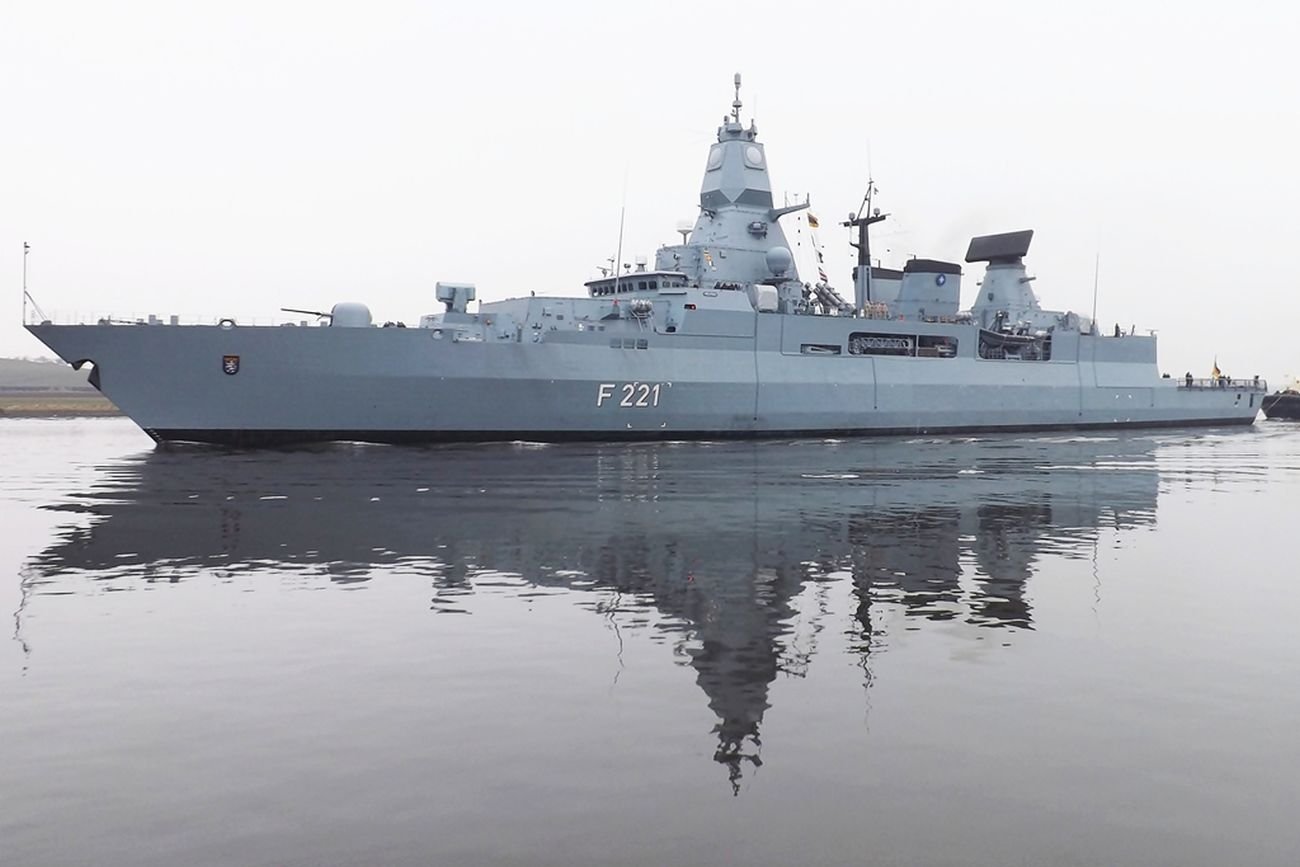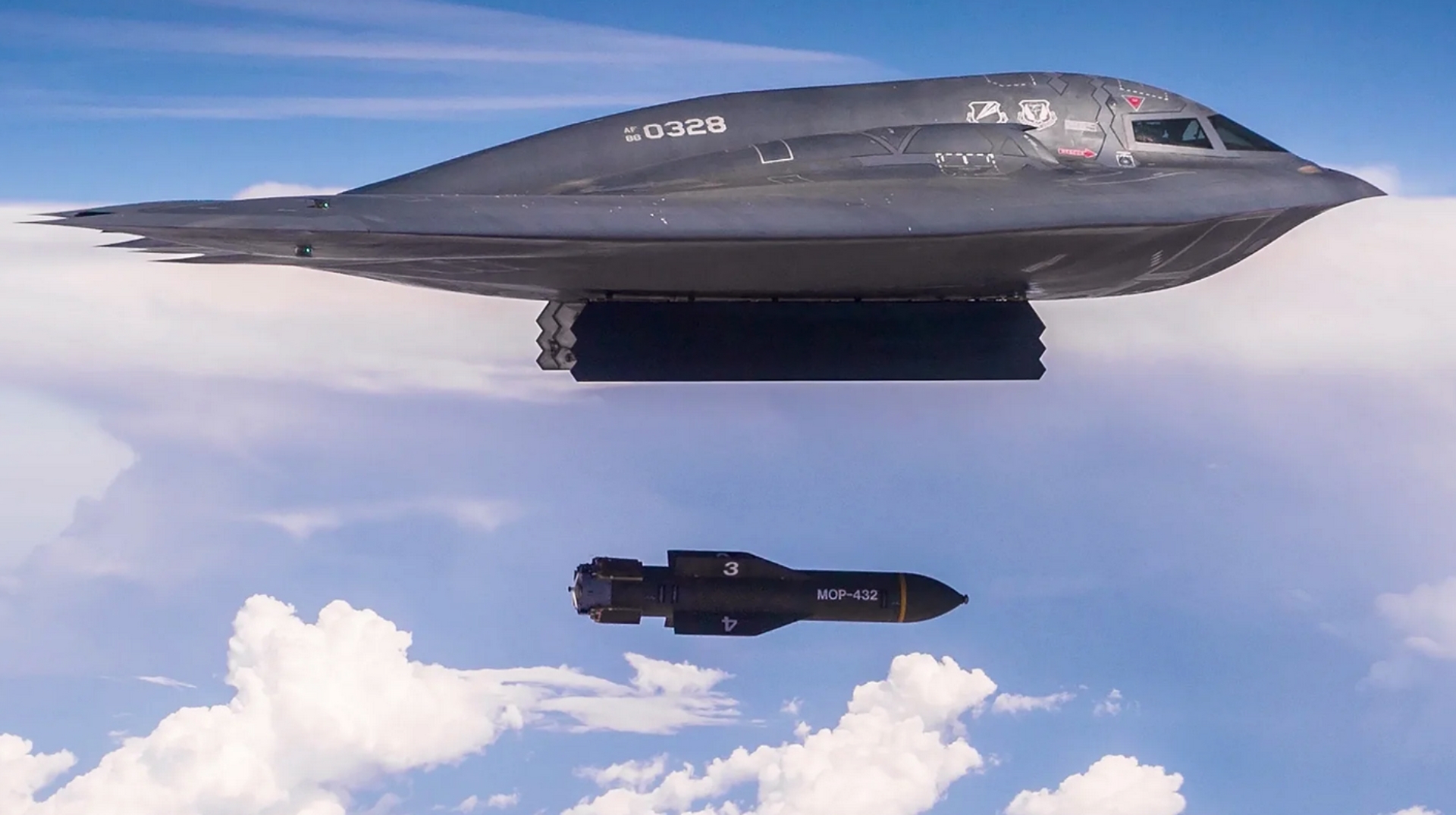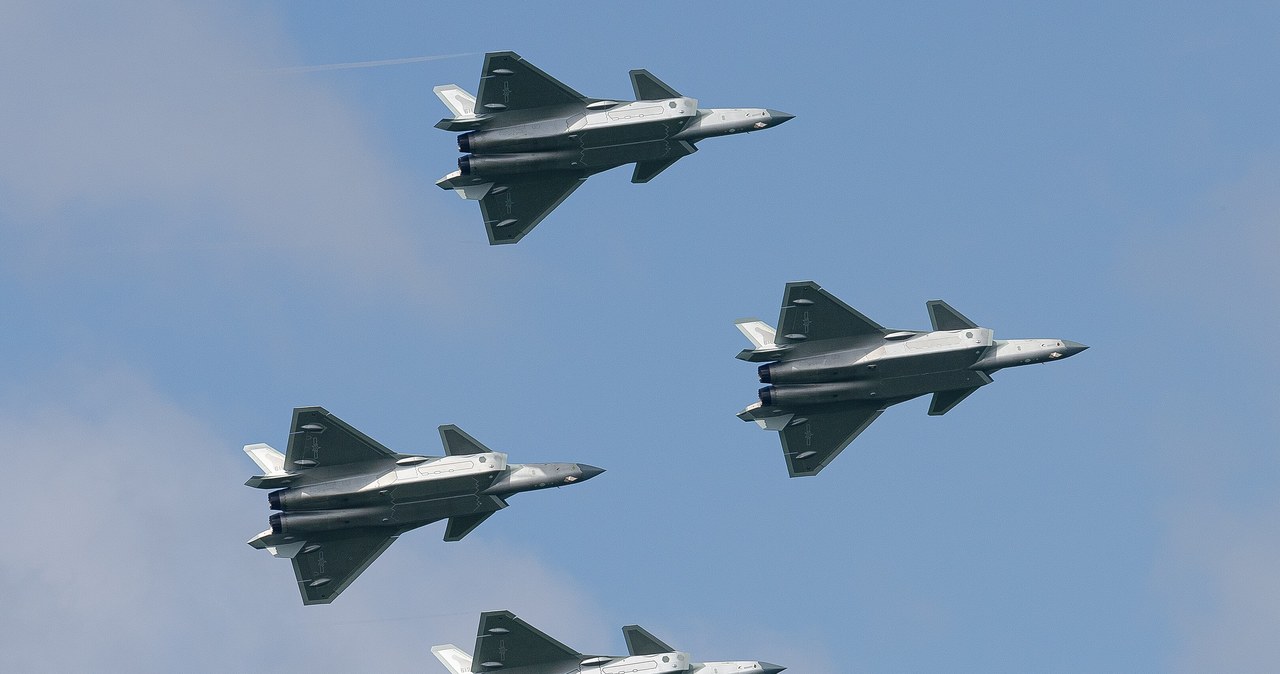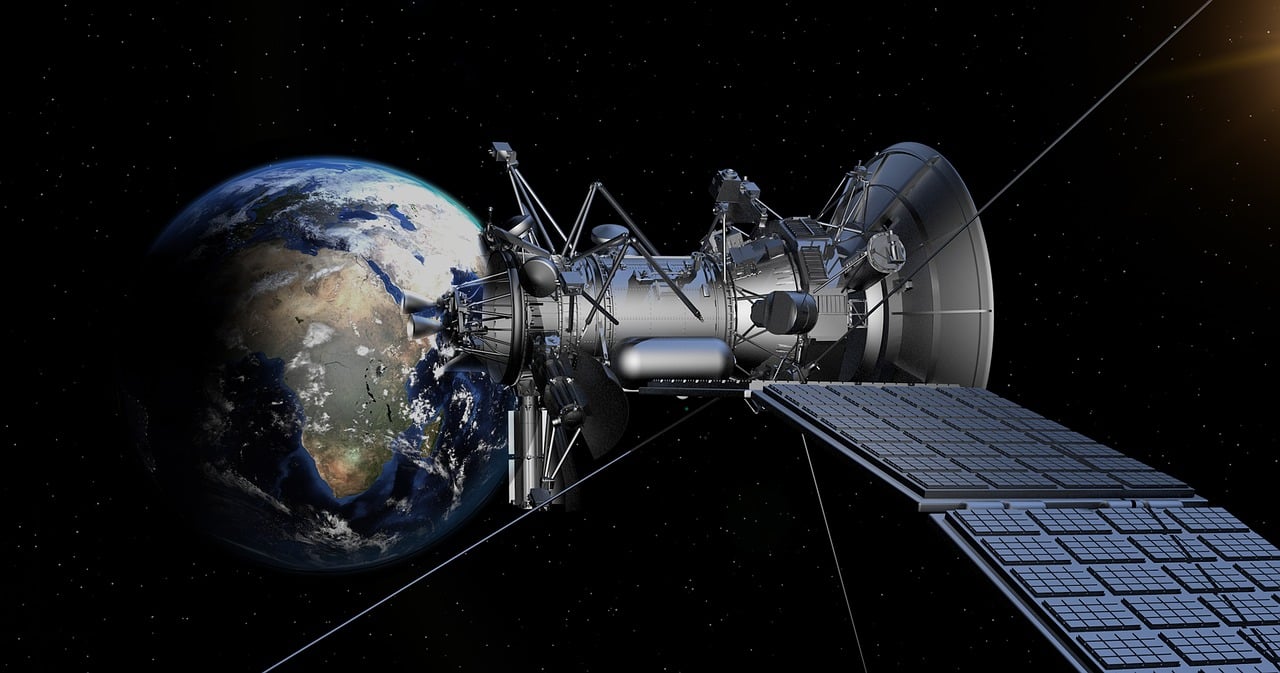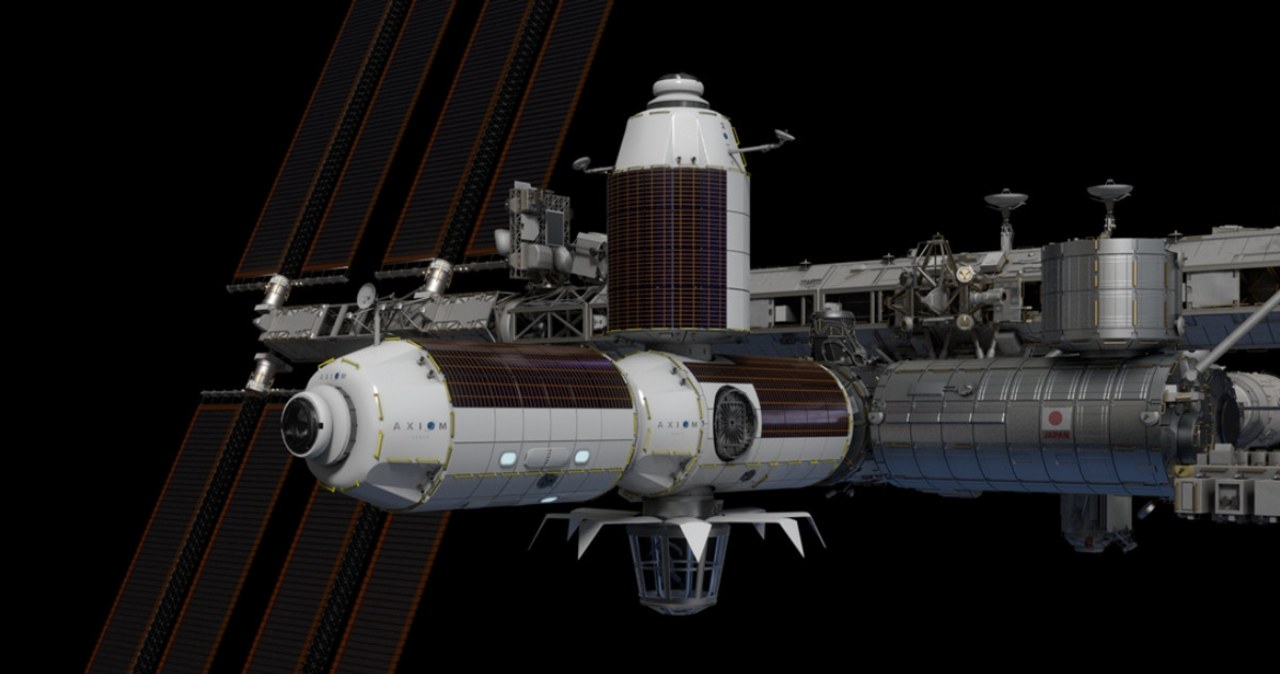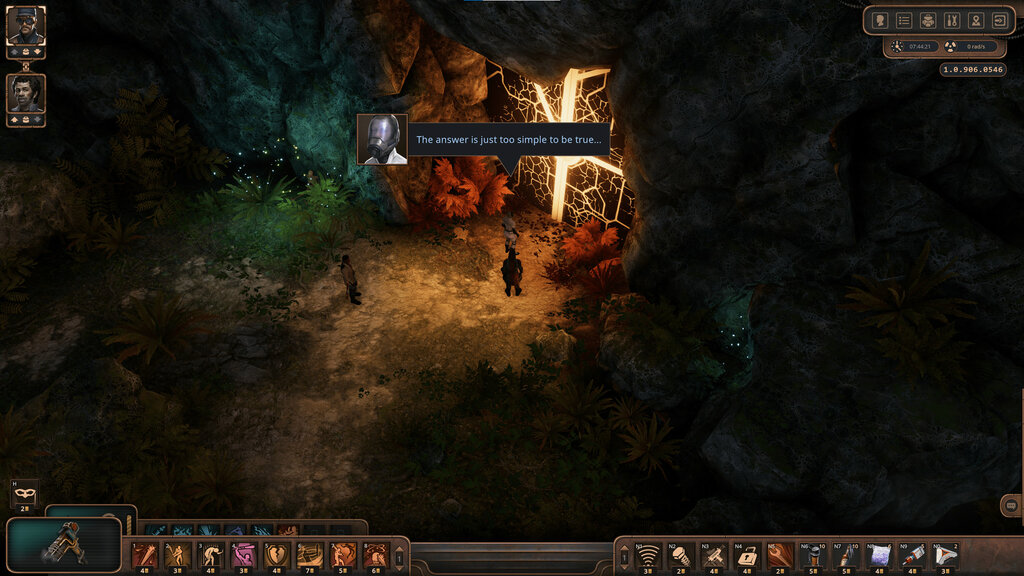
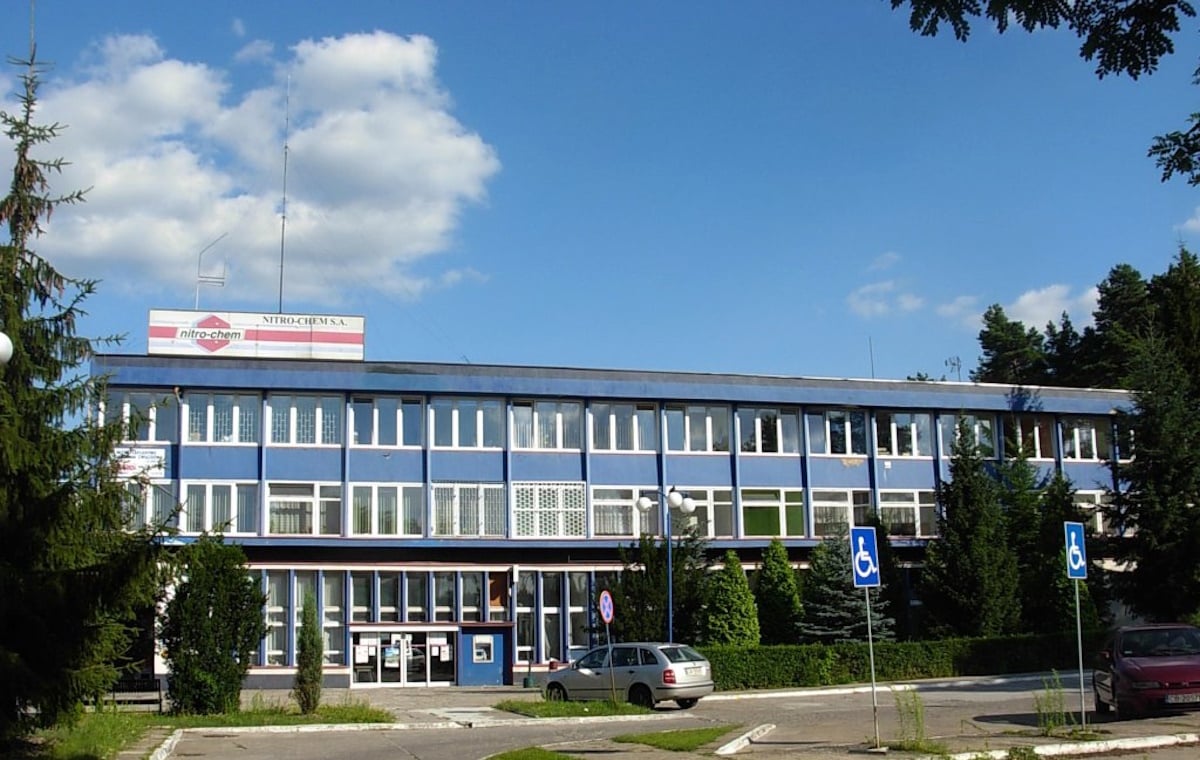
Nitro-Chem from Bydgoszcz, the only large maker of TNT in Europe, will supply 18,000 tons of this material for U.S. reinforcement programs. Trotyl, used, among others, for the production of artillery missiles, has been sent to the USA from Polish plants for years.
Nitro-Chem plants made another deal with the American company Paramount Enterprises International. The value of the contract is PLN 1.2 billion, with a full of 18 1000 tons of TNT delivered between 2027 and 2029. The TNT produced in Bydgoszcz is intended to be utilized for the implementation of U.S. government weapons programs, including the production of 155 mm caliber artillery shells.
Nitro-Chem has been producing mainly for export for years. First of all, to the United States, but besides to the United Kingdom, France, Italy, Sweden and Portugal. As Andrzej Kiński, editor-in-chief of the monthly magazine “Warsko and Technology” reminded PAP, the first agreements with the American side were signed respective years ago, during the wars in Iraq and Afghanistan. They were related to purchases of goods and services in Poland carried out under offset contracts accompanying the acquisition of F-16 aircraft by Poland.
Currently, the Bydgoszcz plant is the only large maker of TNT in Europe. Although the Finnish government announced at the end of January of that year that in the town of Pori, for more than EUR 200 million, an explosives mill will be built, the production will not start until 2028.
European monopoly
For now Nitro-Chem has a monopoly on the European market. The production installation located in Bydgoszcz dates from the 1970s, but is systematically modernized. The plant makes full usage of the facilities it presently has. Through investments, it besides carries out activities to increase production.
It is simply a complex and long-term process. Unfortunately, the tobacco or hexogen factories cannot be ordered from the catalog and received after six months of waiting, and after another 3 months run it
“Kiński said.
In Bydgoszcz, in addition to TNT, another crushing materials specified as hexogen (RDX) and octogen (HMX) are produced. These are besides utilized to manufacture artillery missiles, mines and bombs. However, the process of receiving them is more complicated and so more expensive. That's why TNT is the most produced due to the fact that it's the cheapest in production. As Kiński pointed out in the conversation with PAP, there is besides no major problem with obtaining ingredients for its production, although, of course, the increase in request for ammunition virtually worldwide results in an increase in transportation time and increases prices.
Trotyl is an organic compound utilized as a crushing material. It was discovered in the 2nd half of the 19th century, and since the beginning of the 20th century it has been utilized mainly in the defence, mining and construction industries.
Compared to another explosives, it is comparatively unchangeable and to explode, it needs a detonator or heat to 240 degrees Celsius. If this happens, the shock wave released as a consequence of the detonation moves at a velocity of almost 7,000 metres per second.
The blast force of 1 kg or 1 tonne of TNT is simply a pattern erstwhile determining the size of the detonation (regardless of its source). For example, the detonation caused by the ammonium nitrate that occurred in Beirut port in August 2020 had a force corresponding to an detonation of 1100 tonnes of TNT. In turn, the American "Little Boy" atomic bomb dropped on Hiroshima in August 1945 triggered an detonation comparable to an detonation of 15,000 tons of TNT.
Read also:
— W A large-caliber ammunition mill is going to be built? There are plans to produce 155 mm missiles.
husband/pap

